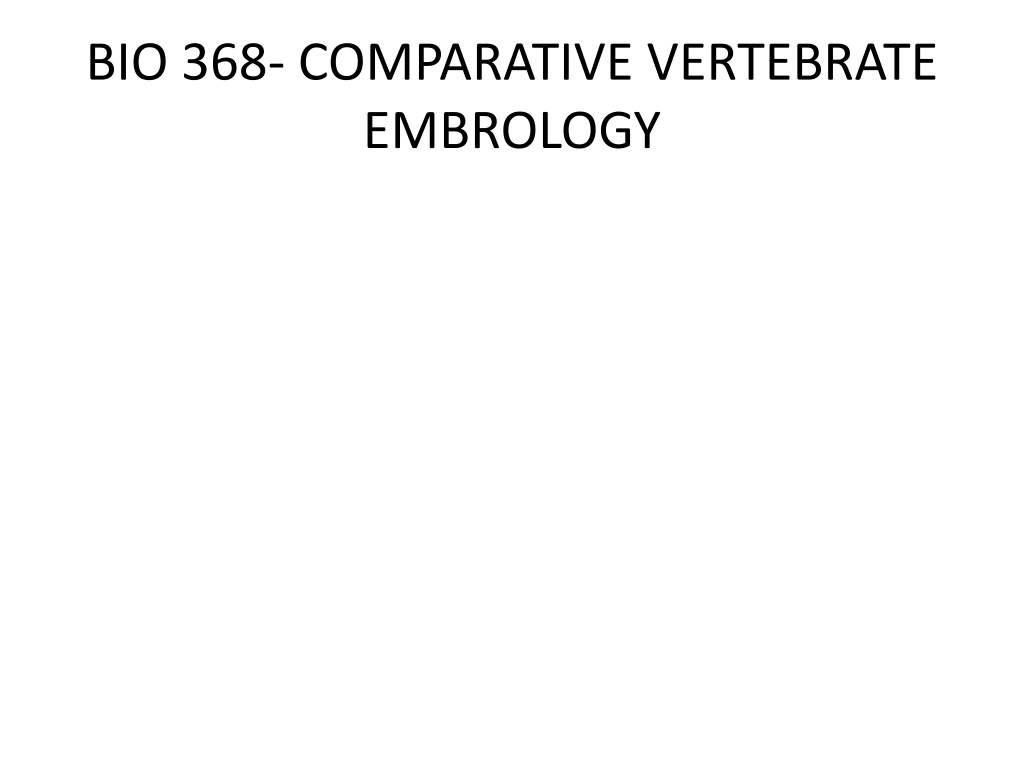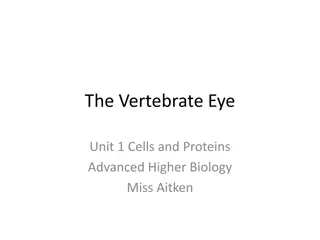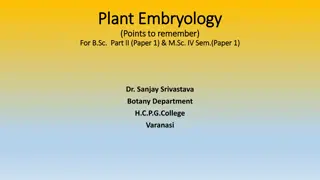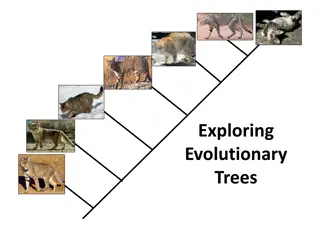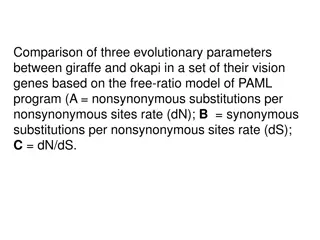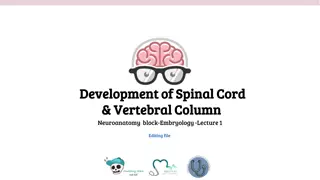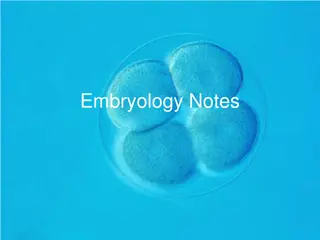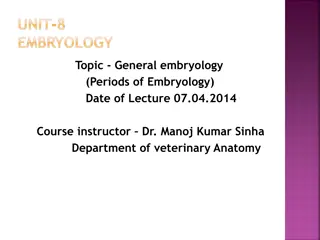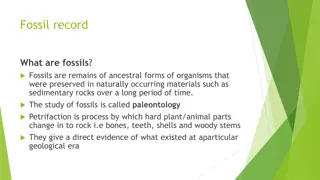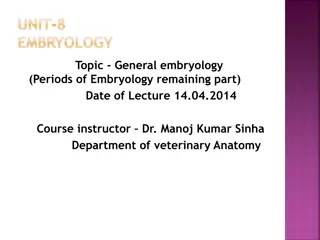Understanding Vertebrate Embryology Through Evolutionary Development
Explore the fascinating world of comparative vertebrate embryology, examining how the development of an individual reflects its evolutionary journey. Delve into the principle of Ontogeny Recapitulates Phylogeny, common developmental plans, and the historic contributions of renowned embryologists like Aristotle and William Harvey. Discover the parallels in tissue formation between diverse organisms and the intriguing stages of vertebrate development. Uncover the mysteries of embryology and the shared features among developing vertebrates.
Download Presentation

Please find below an Image/Link to download the presentation.
The content on the website is provided AS IS for your information and personal use only. It may not be sold, licensed, or shared on other websites without obtaining consent from the author. Download presentation by click this link. If you encounter any issues during the download, it is possible that the publisher has removed the file from their server.
E N D
Presentation Transcript
BIO 368- COMPARATIVE VERTEBRATE EMBROLOGY
1919) is famous for his principle of ONTOGENY RECAPITULATES PHYLOGENY which claims that the development of an individual reflects the stages through which the individual species has passed during its evolution.
common developmental plan due to having a set of genes that gives the same instructions for development. As each organism grows, it diverges according to its species way of life.
development of different organisms. Comparative embryologists are interested in how tissues that form the bird wing relate to the tissues that form the fish fin or the human hand.
Aristotle First know embryologist. Famous for his studies on the different ways that animals are born (viviparity, ovoviviparity, oviparity)
Karl Ernst Von Baer Proposed the 4 principle or law of development
features of a smaller group. All developing vertebrate appears similar up to the gastrulation; before developing special features that differentiate them into Class, Order, Family and Genus.
from the more general. All vertebaret initially have the same types of skin. Only later does the skin develop fish scales, reptile scales, bird feather or hair, claws, nails etc.
stages of lower animals, departs more and more from them. The visceral cleft of embroyonic birds and mammal do not resemble the gills slits of adult fish in details. Rather they resemble the visceral cleft of embryonic fish.
Therefore the early embryo of a higher animal is never like a lower animal, but only its early embryo.
